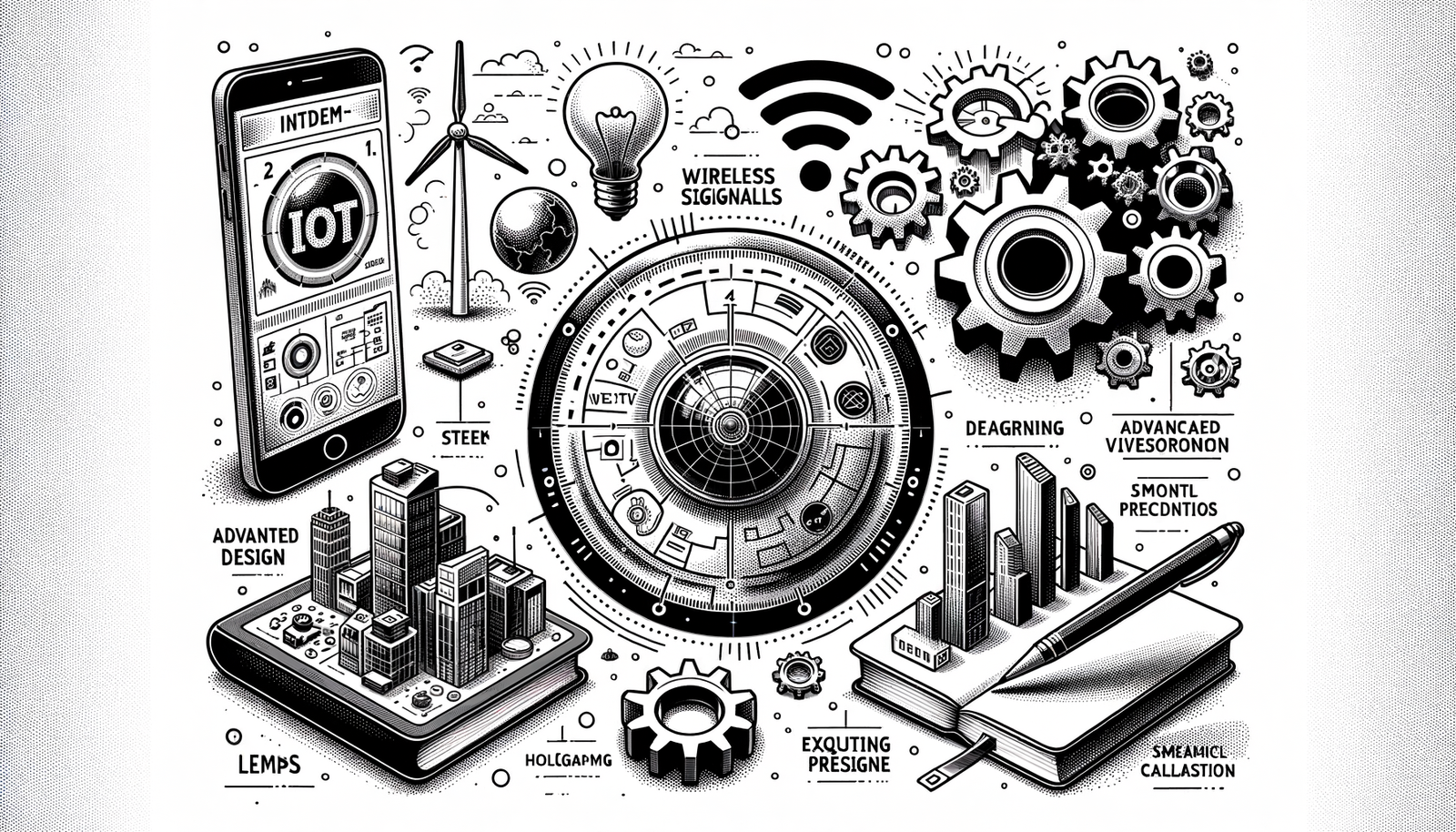Your Cart is Empty
PTC Creo has significantly transformed the landscape of industrial design by offering a range of sophisticated features and tools. Its impact is profound, enabling designers to push the boundaries of innovation and maintain a competitive edge in a rapidly evolving market. The importance of leveraging advanced features in Creo cannot be overstated, as they facilitate the creation of more efficient, durable, and innovative products.
Comprehensive Industrial Design Toolkit for Concept Development
Creo provides a comprehensive toolkit specifically tailored for the ideation and concept development stages of product design. This toolkit includes advanced sketching, surfacing, and parametric design features, which are indispensable for transforming initial ideas into viable product concepts. Examples of these tools in action include the creation of ergonomic consumer products and the development of complex industrial machinery, emphasizing their versatility and effectiveness in a variety of applications.
Advanced Rendering and Visualization Capabilities
The rendering engine and visualization tools within Creo stand out for their ability to produce photorealistic renders. These capabilities are crucial not only for design validation but also for marketing purposes, allowing stakeholders to visualize the end product realistically before it is physically produced. The comparison of before and after scenarios in product development clearly demonstrates how advanced visualization can enhance the design process, improve communication with clients, and facilitate quicker decision-making.
Robust Assembly Design and Management Tools
Creo excels in assembly design and management, offering robust tools that simplify the creation and editing of complex product assemblies. These features are essential for managing large, multifaceted designs often encountered in automotive, aerospace, and industrial machinery sectors. Creo's environment fosters efficient collaboration among team members and streamlines the incorporation of changes, thus reducing time-to-market and enhancing product quality.
Flexible Part Modeling for Complex Geometries
When it comes to creating complex shapes and geometries, Creo's part modeling features offer unparalleled flexibility. This flexibility is critical for iterative design processes and customization, enabling designers to easily modify and refine product designs. Applications in aerospace, consumer electronics, and medical devices highlight how Creo facilitates the creation of intricate parts that meet precise specifications and performance criteria.
Integrated IoT Tools for Smart Product Design
In the era of smart products, Creo's integrated IoT tools provide a significant advantage by allowing designers to incorporate smart, connected features directly within the design software. This integration streamlines the development of IoT-enabled products, from household appliances to industrial equipment, leading to innovative solutions that enhance user experiences. The inclusion of IoT functionalities in the design phase can dramatically improve the utility, efficiency, and value of products in today’s connected world.
Conclusion
In conclusion, PTC Creo offers a potent suite of tools and features that set it apart in the realm of industrial design. Its capabilities in concept development, visualization, assembly management, part modeling, and IoT integration underscore its role as a key enabler of innovation and productivity. As design software continues to evolve, the future outlook for Creo is promising, with potential to further revolutionize the design process and outcomes. Designers and engineers are encouraged to explore Creo's capabilities to advance their projects and achieve groundbreaking results.







